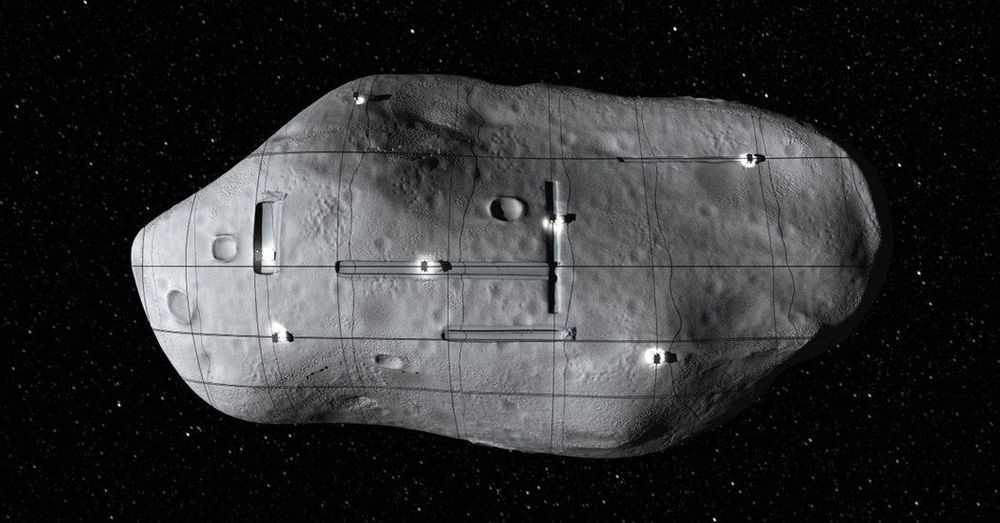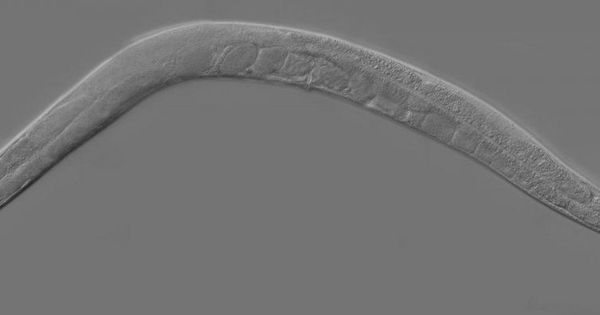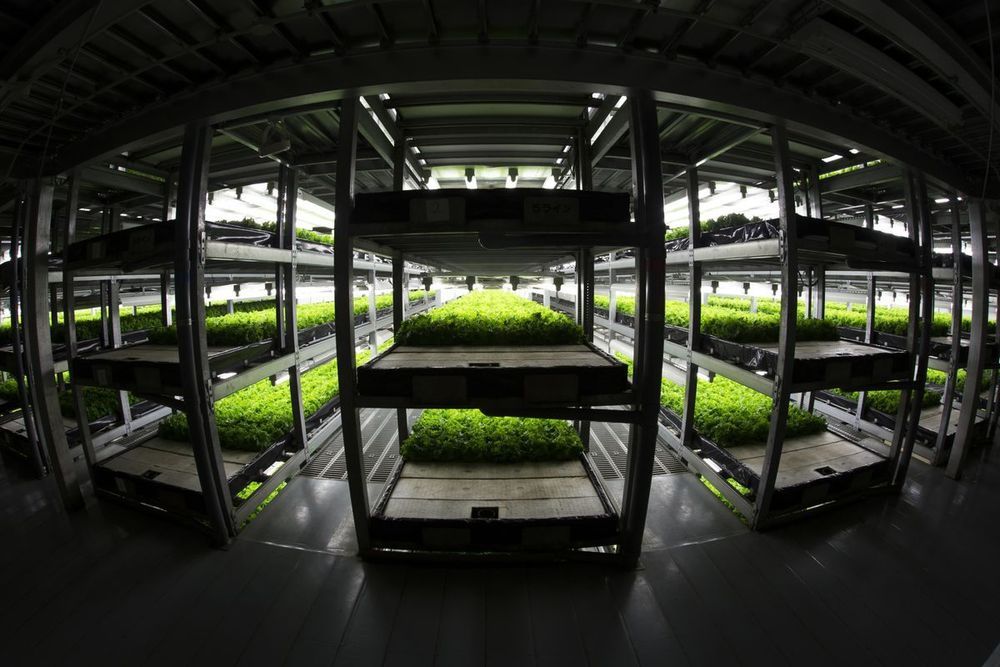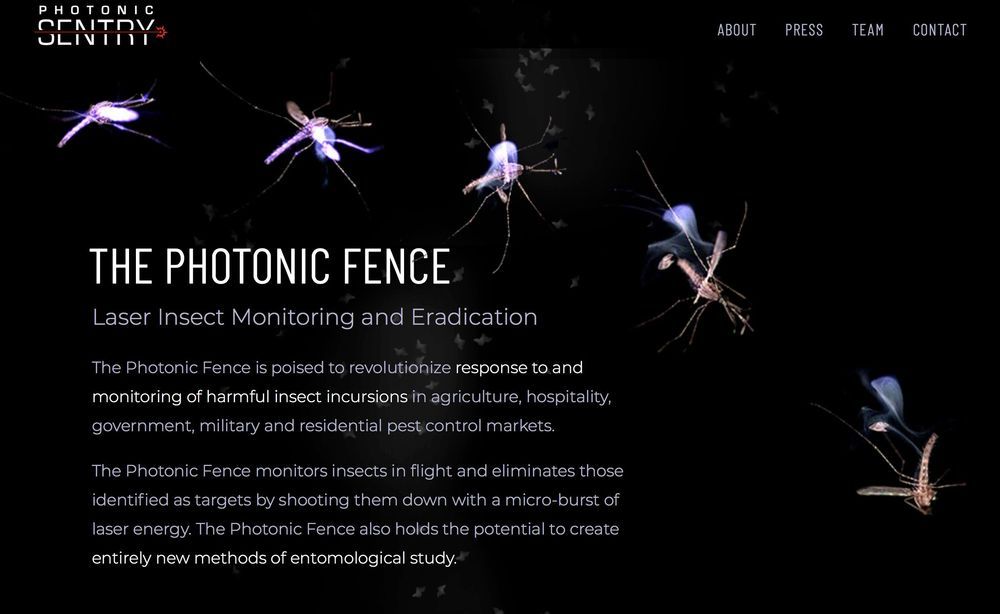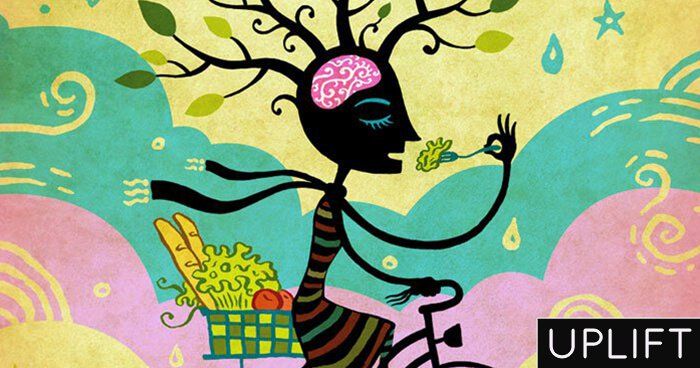Archive for the ‘food’ category: Page 233
Scientists from the Universities of Regensburg and Mainz and the Max Planck Institute for Chemical Ecology discovered that the eggs of the European beewolf produce nitric oxide. The gas prevents the larvae’s food from getting moldy in the warm and humid brood cells. The results were published in the journal eLife.
Food stored in warm and humid conditions gets moldy very quickly and thus becomes inedible or even toxic. To prevent this, we use refrigerators and freezers as well as various other methods of preservation. Animals do not have such technical appliances and therefore need to find other ways to preserve food. The European beewolf Philanthus triangulum, a solitary wasp species whose females hunt honey bees, has evolved a successful method of food preservation. A female takes up to five honey bees into its brood cells where they serve as food for a young beewolf. Female beewolves prefer to build their nests in sunlit and sandy places. The nests are deep and therefore the brood cells are warm and humid. Such conditions are favorable for the development of the beewolf larvae; however, they also foster the growth of mold fungi. As a matter of fact, bees stored under such conditions in the lab were overgrown by mold within one to three days.
Jun 10, 2019
Epigenetic ‘Memories’ That Could Pass On A Father’s Life Experiences Seen In Worm Sperm
Posted by Quinn Sena in categories: food, genetics, health
We may like to think that what we do in our daily lives only affects ourselves and perhaps a few people around us, but the increasingly active field of scientific inquiry called epigenetics suggests that life experiences like what we eat and the environments we expose ourselves to can influence the health and development of our kids and the generations beyond them.
Studies of both humans and animals have suggested that a father’s experiences can be transmitted across generations, but the mechanism for this epigentic inheritance hasn’t quite been clear.
New research published Wednesday in Nature Communications details how Susan Strome’s lab at UC Santa Cruz observed the transmission of epigenetic markers in the sperm of the small roundworm Caenorhabditis elegans.
Jun 10, 2019
Skyscraper Farms Are About to Go Global
Posted by Quinn Sena in categories: food, sustainability
Jun 9, 2019
Photonic Sentry
Posted by Richard Christophr Saragoza in categories: energy, food, government, military
THE PHOTONIC FENCE:
Laser Insect Monitoring and Eradication.
The Photonic Fence is poised to revolutionize response to and monitoring of harmful insect incursions in agriculture, hospitality, government, military and residential pest control markets.
Jun 8, 2019
Researchers discover meat-eating plant in Ontario, Canada
Posted by Genevieve Klien in category: food
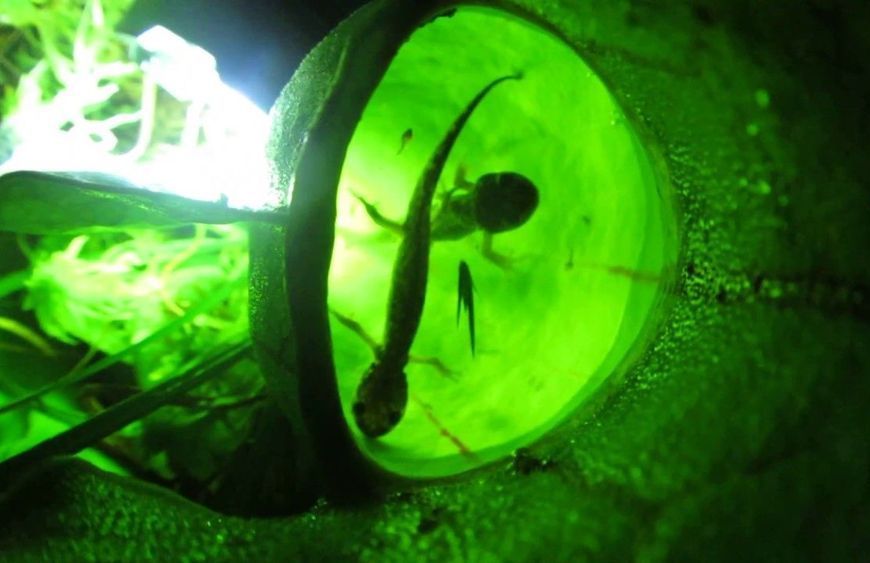
Call it the “Little Bog of Horrors.” In what is believed to be a first for North America, biologists at the University of Guelph have discovered that meat-eating pitcher plants in Ontario’s Algonquin Park wetlands consume not just bugs but also young salamanders.
Jun 7, 2019
What You Think is as Important as What You Eat
Posted by Paul Battista in categories: biotech/medical, food, health
Recent research in the field of mind-body medicine shows there’s a lot more to health than what you eat, and most of it has to do with your mind.
Jun 6, 2019
Humans ingest at least 50,000 plastic particles a year
Posted by Quinn Sena in categories: food, particle physics
Food is contaminated with plastic, which means it’s going directly into our bodies.
If you have resisted giving up bottled water for any reason, this should change your mind. A new study estimates that people who drink bottled water ingest 90,000 additional plastic microplastic particles annually, compared to those who drink tap water, which puts only an extra 4,000 particles into their bodies.
This finding is part of a study that has estimated the number of plastic particles that humans ingest every year. Conducted by researchers at the University of Victoria, British Columbia, it pulled together data from 26 previous studies that had measured plastic in salt, beer, sugar, fish, shellfish, water, and urban air. Pairing this data with the U.S. dietary guidelines, the scientists calculated how many particles people were likely to consume annually. Their discovery? 50,000 for adults, 40,000 for children. When inhalation is factored in, the estimate jumps to between 74,000 and 121,000 for adults.
Continue reading “Humans ingest at least 50,000 plastic particles a year” »
Jun 5, 2019
Drugs make headway against lung, breast, prostate cancers
Posted by Paul Battista in categories: biotech/medical, food, sustainability
CHICAGO (AP) — Newer drugs are substantially improving the chances of survival for some people with hard-to-treat forms of lung, breast and prostate cancer, doctors reported at the world’s largest cancer conference.
Among those who have benefited is Roszell Mack Jr., who at age 87 is still able to work at a Lexington, Kentucky, horse farm, nine years after being diagnosed with lung cancer that had spread to his bones and lymph nodes.
“I go in every day, I’m the first one there,” said Mack, who helped test Merck’s Keytruda, a therapy that helps the immune system identify and fight cancer. “I’m feeling well and I have a good quality of life.”
Continue reading “Drugs make headway against lung, breast, prostate cancers” »
Jun 4, 2019
White meat is just as bad for you as red beef when it comes to your cholesterol level, study says
Posted by Paul Battista in categories: biotech/medical, food
The red meat or white meat debate is a draw: Eating white meat, such as poultry, will have an identical effect on your cholesterol level as eating red beef, new research indicates.
The long-held belief that eating white meat is less harmful for your heart may still hold true, because there may be other effects from eating red meat that contribute to cardiovascular disease, said the University of California, San Francisco researchers. This needs to be explored in more detail, they added.
Non-meat proteins such as vegetables, dairy, and legumes, including beans, show the best cholesterol benefit, according to the new study published Tuesday in the American Journal of Clinical Nutrition.
